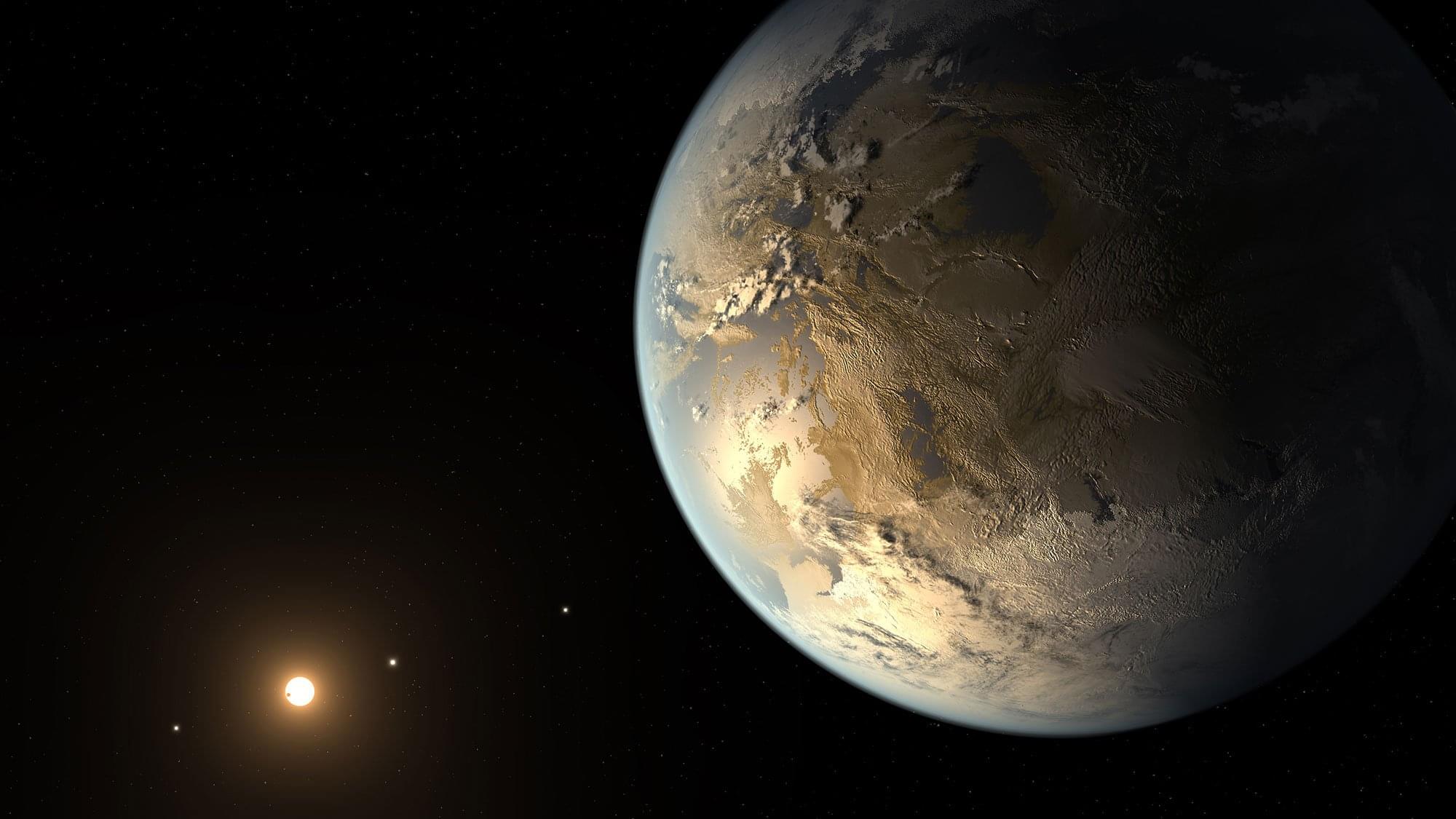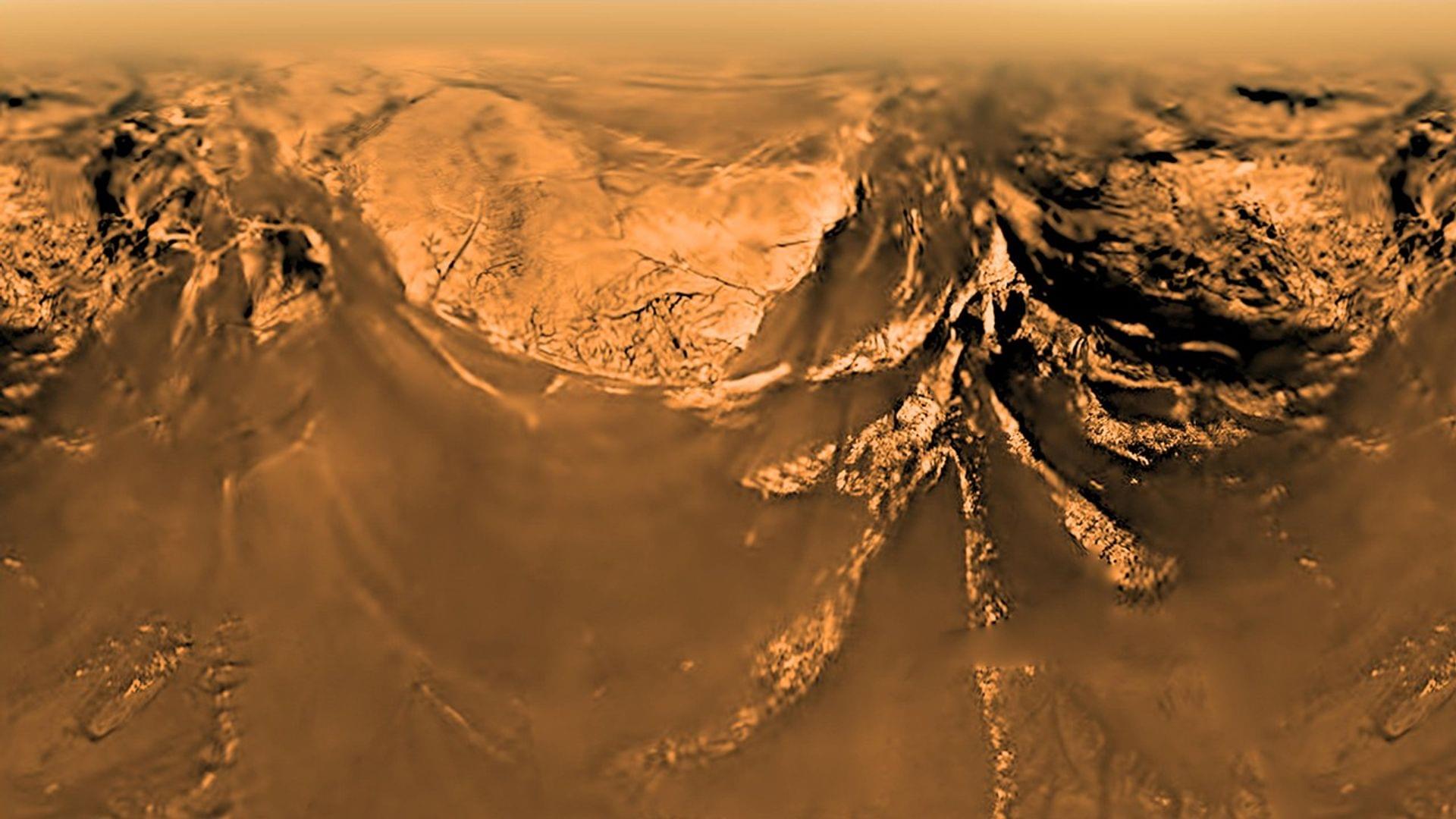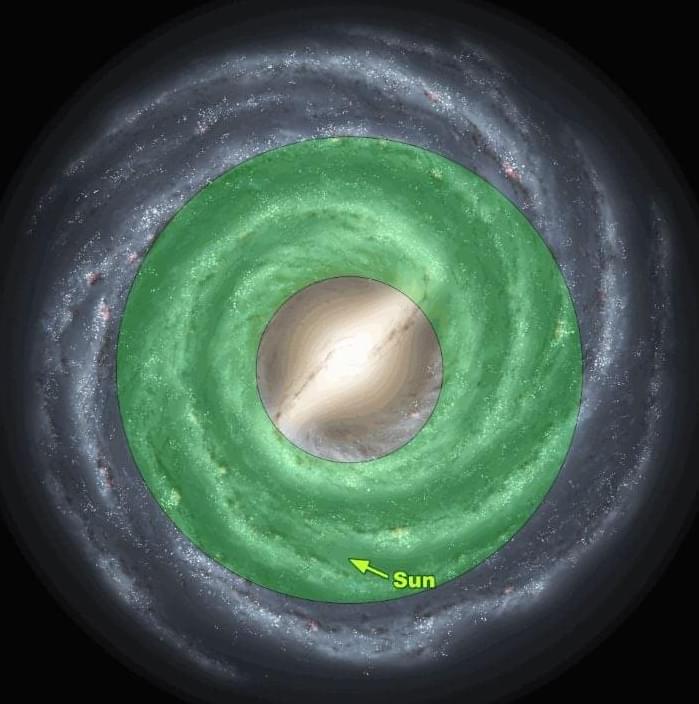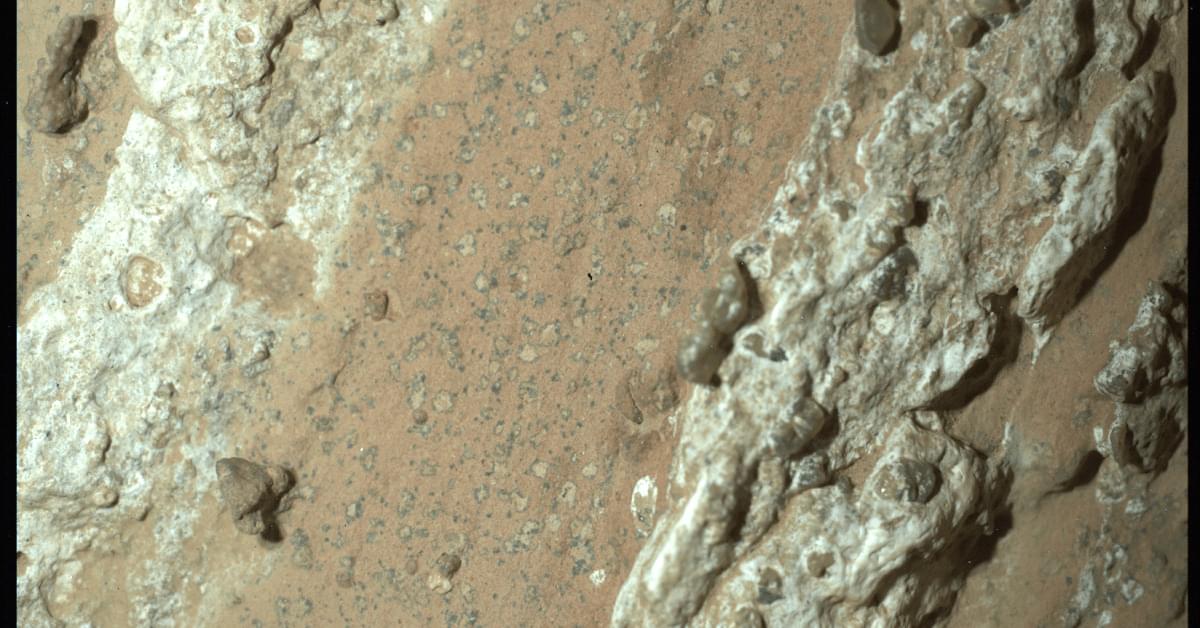What if a simple apartment door in Boston opened into another universe?
SCP-4357, also known as “Slimelord,” is one of the strangest and most human anomalies ever recorded — a hyperspatial discontinuity leading to a world of intelligent slug-like beings with philosophy, humor, and heartbreak.
In this speculative science essay, we explore what SCP-4357 means for physics, biology, and the idea of consciousness itself. How could life evolve intelligence in a sulfur-rich world? Why do these beings mirror human culture so closely? And what happens when curiosity crosses the line into exploitation?
Join us as we break down the science, ethics, and wonder behind one of the SCP Foundation’s most thought-provoking entries.
🔔 Subscribe for more speculative science every weekday at 6PM PST / 9PM EST.
💡 Become a channel member for early access and exclusive behind-the-scenes content.
🌌 Because somewhere out there, even the slugs have opinions on Kant.






